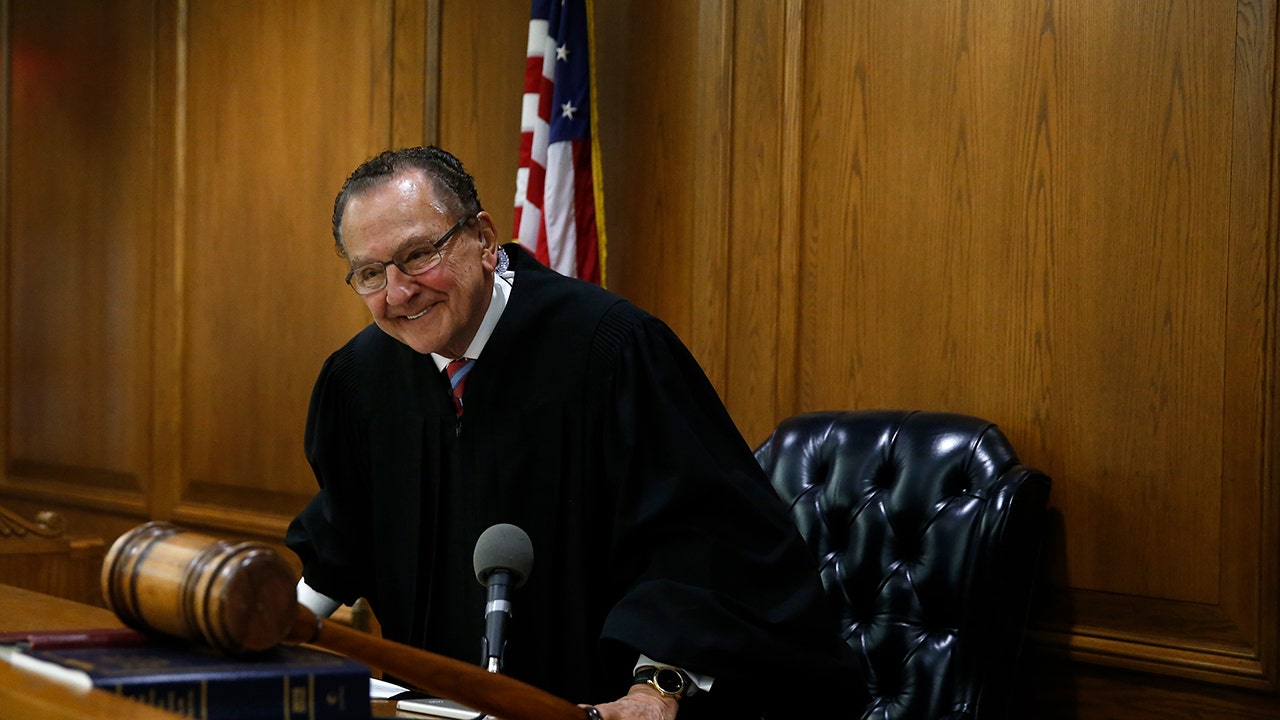Impact of Remote Work on Urban Real Estate Trends
As the remote work phenomenon reshapes the landscape of employment, cities across the globe are witnessing significant shifts in real estate dynamics. This transformation, accelerated by the COVID-19 pandemic, is prompting a reevaluation of urban living, particularly as companies adopt flexible work policies. Understanding these changes is essential for stakeholders in real estate, urban planning, and economic development.
Shifting Demand: The Suburban Surge
With the rise of remote work, many employees are leaving densely populated urban centers for suburban and rural areas. According to a recent study by the National Association of Realtors, nearly 50% of remote workers reported considering a move to less populated areas. This trend is driven by the desire for larger living spaces, affordability, and a more serene environment.
“People are no longer tied to their offices,” explains Dr. Laura Jennings, an urban studies expert at the University of Chicago. “Remote work has given them the freedom to choose where they live, leading to a renaissance in suburban and even rural real estate.” In cities like San Francisco and New York, where cost of living is exorbitant, this trend is particularly pronounced.
Urban Real Estate: A Mixed Bag
While suburban areas thrive, urban real estate markets are experiencing a complex set of challenges and opportunities. In major cities, the demand for luxury apartments and high-end condos has seen a decline, with many units remaining vacant. According to a report from Zillow, urban rental prices fell by an average of 10% since the onset of the pandemic.
Conversely, some urban markets are adapting by repurposing vacant office spaces into residential units. “Cities are getting creative with their real estate,” notes Mark Thompson, a real estate analyst with Urban Insights. “Transforming office buildings into apartments not only addresses the housing crisis but also revitalizes city centers.” This innovative approach may help sustain urban vibrancy even as traditional demand wanes.
Changing Preferences: Amenities and Space
The COVID-19 pandemic has altered what many renters and buyers prioritize. Once considered luxuries, home offices, outdoor spaces, and proximity to nature have surged in importance. A survey conducted by Apartment List revealed that 63% of respondents prioritize outdoor space when looking for a new home, a significant increase compared to pre-pandemic preferences.
- Home Office Space: Essential for productivity.
- Outdoor Areas: Vital for relaxation and recreation.
- Community Amenities: Access to parks and recreational spaces.
These evolving preferences suggest that future developments will need to incorporate features that cater to remote work lifestyles, thereby influencing architectural designs and urban planning initiatives.
Economic Implications: The Ripple Effect
The shift in real estate dynamics has broader economic implications. As residents flock to suburban areas, local economies are poised for growth. Businesses that cater to residents in these areas, from grocery stores to fitness centers, are likely to flourish. In particular, suburbs that invest in infrastructure, schools, and public services may attract even more families seeking a better quality of life.
However, urban areas face the challenge of maintaining economic vitality amid declining populations. Local governments may need to rethink revenue strategies, focusing on attracting new businesses and residents while retaining existing ones. “Cities must innovate to remain competitive,” states economic consultant Sarah Martinez. “This includes enhancing public transportation and investing in green spaces.”
Future Outlook: Balancing Urban and Suburban Needs
As remote work continues to shape real estate trends, a balanced approach may be vital for cities and suburbs alike. Urban planners and developers must collaborate to create environments that cater to both remote workers and those who prefer traditional office settings. This could involve mixed-use developments that provide residential, commercial, and recreational spaces within close proximity.
Moreover, as companies continue to adapt their policies, the long-term permanence of these trends remains uncertain. While many employees appreciate the flexibility of remote work, others crave the structure and social interaction of office life. This dichotomy will likely influence real estate markets in the coming years.
The impact of remote work on urban real estate trends signifies a transformative period for both cities and suburbs. As individuals and families reassess their living situations, the real estate market must adapt to meet changing demands. For stakeholders, understanding these shifts is crucial to making informed decisions in a rapidly evolving landscape.
As we move forward, collaboration among urban planners, developers, and local governments will be essential to creating sustainable communities that cater to a diverse population. By embracing innovation and flexibility, we can navigate the complexities of this new normal effectively.
Call to Action: Stay informed on these trends by subscribing to our newsletter for the latest insights in real estate and urban development.

